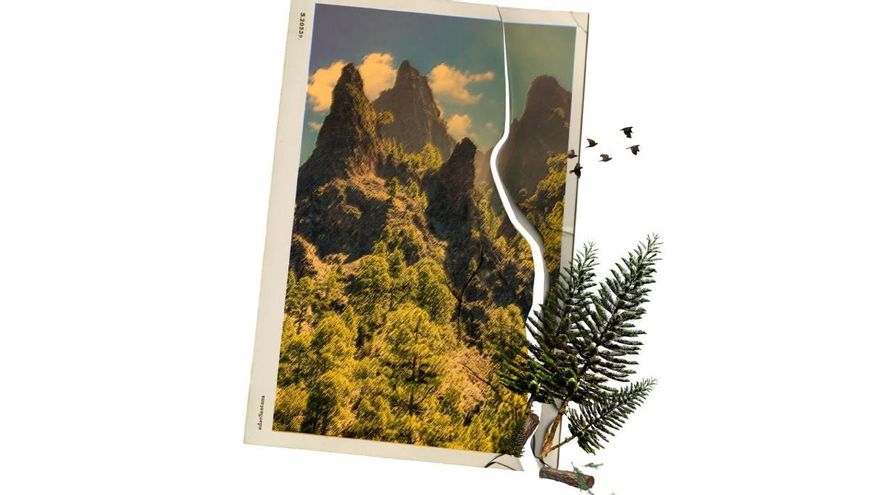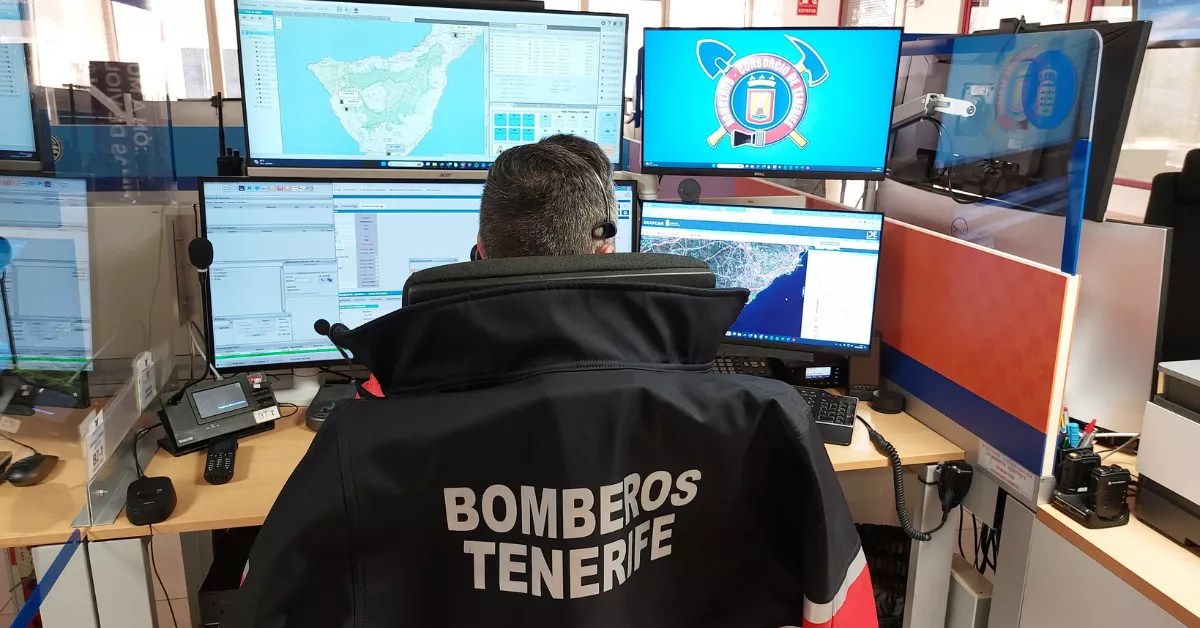
Putting a stop is imperative. In recent months, perhaps a bit late, families, teachers, politicians have decided to take measures to limit the use of mobile phones by minors in educational centres. The time came when tobacco, which was omnipresent until then in public and private places to the detriment of everyone’s health, but especially non-smokers, was put to a stop. A politician once told me that in the tourist sector, it is necessary to let a dense business fabric establish itself before starting to implement restrictive regulations. That is, first freedom, okay, but there comes a time when limits must be set.
Some of us remember when there were few people, few activities in natural spaces. They were territories forgotten by tourism and no one thought about regulating canyoning, camping, or parking because it wasn’t necessary. But there came a time when limits had to be set: we had to preserve the cultural and environmental heritage that our ancestors left us recognisable for future generations.
In recent times, the undertaking of activities in natural environments has multiplied, for sports, health, tourism, etc. And after the pandemic, even more so. But in the very recent times, it seems like the aim of a good part of those undertaking these activities is to post images on social media, either to boost their ego or to raise funds and try to make a living with them. Pleasant individuals without professional prominence use the natural environment as a set, applying the incomparable presence of their face, their bicycle, or their motorcycle to their recordings. Some do not worry about the environmental damage that may occur because ten days later they have left the place forever and will not return.
Just like in the case of mobile phones mentioned at the beginning, we notice that actions are getting out of hand when we see it is seen as natural to cause excavation in protected dunes, encourage running down forbidden areas of a volcano, show a family crossing a closed path for safety, or display bike descents that leave an indelible trace on previously untouched landscapes. Not to mention the cases where the natural and cultural heritage is somewhat ridiculed through trivialities that then the social networks expose to thousands, to millions of eyes. They are not environmental catastrophes, but it’s time to start setting limits.
Over the last decades, the rules applied to activities in natural environments came from governments, from decrees, mainly those approving the planning of protected natural spaces (commonly known by their Spanish acronym, PRUG). No one thought about social networks. Lists of infractions and penalties were approved through laws born in parliaments concerned about industrial pollution, the extinction of protected species, and other significant environmental issues. Nobody thought about social networks.
What do we do? In light of the new threats, it seems appropriate to tackle a grand pact in defence of the natural environment involving administrations with responsibilities in tourism, sports, culture, security, etc. to address the new challenges. Above all, tourism, due to its knowledge of visitor flows and because a significant portion of potential violators of environmental regulations are tourists. But equally important are the security forces, for their awareness of what is happening at all times and their professionalism. The reflection should lead to an alliance of those administrations, led by the one competent in the natural environment, to enhance the values of the natural environment and put a stop to anything that goes against them.
This alliance may promote a general, comprehensive plan that integrates the different sectors of the economy and administration of Tenerife, offering the opportunity to activate mechanisms of awareness and commitment of the island’s inhabitants, associations. The population must be involved and not see environmental protection as something alien to their lives, from schools to tourists. We cannot forget the recent fire, with its profound reflections. We cannot overlook the “Strategy for the Conservation of Biodiversity on the Island of Tenerife 2020-2030,” which has already set a guideline for possible actions to be taken. The public university undoubtedly could lead this global plan.
Control, inspection is needed. Investment in material and personnel resources is necessary. Unrestrained behaviour resulting from a lack of controls must be curbed. Even video surveillance can play a decisive role. We know that after a crime, the cameras in the vicinity are analysed, and the same could be done in the natural environment. Efforts could be made by the Island Council, allocating funds to these material and especially personnel resources to make the “in situ” control of the natural environment visible and effective.
The sanctioning regime is outlined in the lists of infractions and penalties included in the laws. Modernisation is required because all these new activities find it very difficult to be classified. And sanctions must be reviewed because sometimes the amount of the fine is much lower than the economic benefit obtained from the violation. An ineffective sanctioning procedure does not help to set limits. It is up to the Canary Islands Parliament to be made aware of the need to legislate.
The regulation of active tourism companies operating in protected areas of the Canary Islands is similar to that applied in other autonomous communities. However, the number of unregistered companies is very high in Tenerife. It would be interesting to gradually close the doors to unregistered and non-compliant companies by promoting a campaign for public and private entities to reject any commercial relationship with them. Particularly and especially for tourism intermediaries, hotels, etc. to demand accreditation of legal compliance from the companies with which they contract activities. Companies that are “in compliance” must become allies in the defense of the natural environment because they are “there” daily. The procedures for applications made by active tourism companies to various administrations, such as Transport or Natural Environment, could be streamlined. The Sustainability Charter, promoted by Tourism Tenerife, has already opened a door to walk this path.
Finally, we cannot miss the opportunities that should arise from the approval of the Management Plan for the Teide National Park. The initially proposed text received a societal response from political, sports, tourism, social sectors in general, and we are not facing its final version. The planning of other protected mountain natural spaces may provide guidelines that can be applied, both in sports or tourism activities as well as in mobility or filming. There were detailed allegations, and surely therein lies everything that can be proposed. The mountaineering federative environment has extensive experience in balancing sports practice and the conservation of the natural environment in Tenerife and deserves to be heard.
All of the above are personal opinions, indeed, but they come from different approaches, made from the legal perspective, to the tourist and non-tourist activities developed in the natural environment of Tenerife in the last two decades. At the core is the island’s image. We all know examples of tourist areas deteriorated by the trivialisation of their landscape and authenticity. Limits must be set.
















